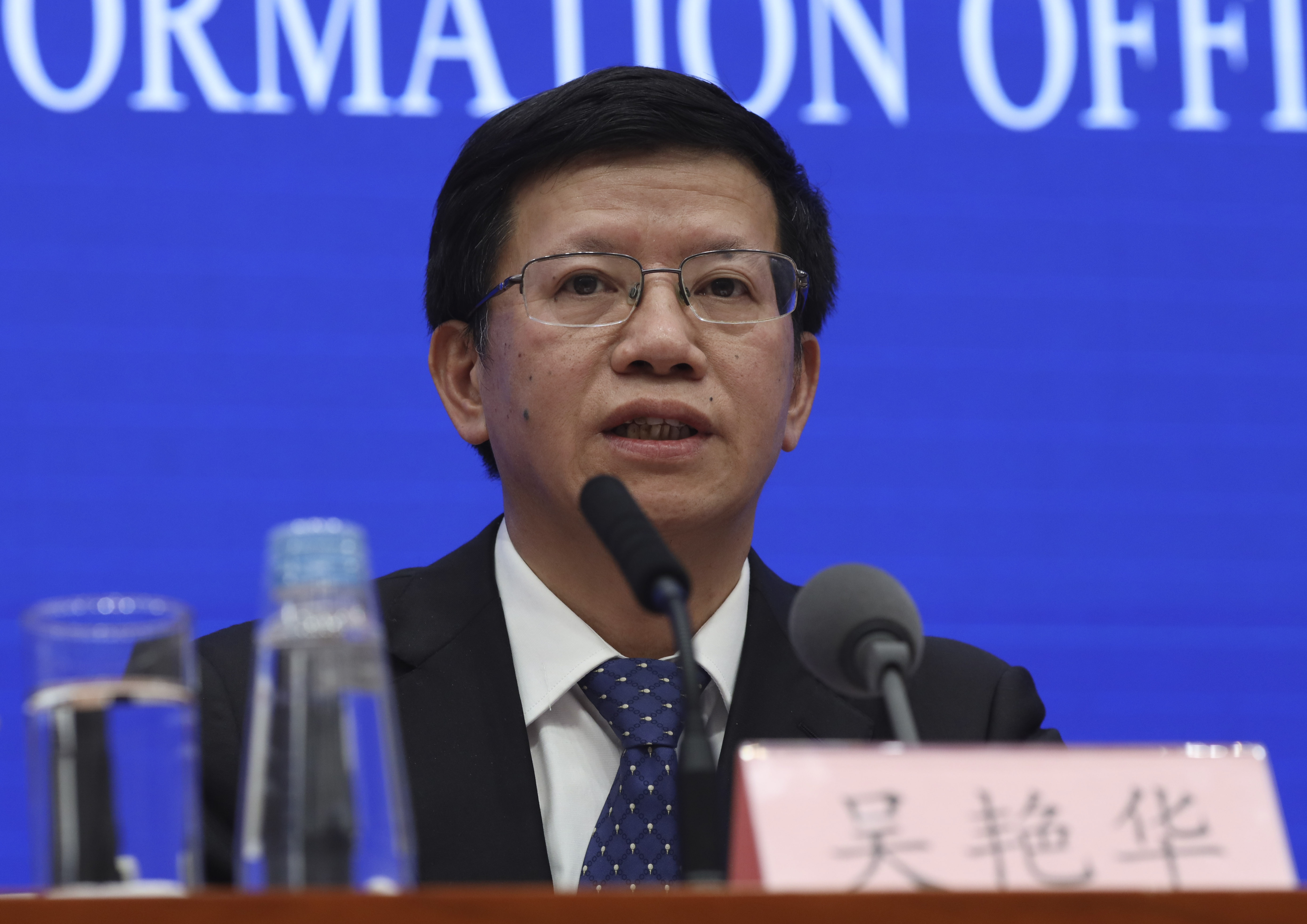
China says it exchanged data with NASA on far side of moon
BEIJING (AP) — China exchanged data with NASA on its recent mission to land a Chinese spacecraft on the far side of the moon, the Chinese space agency said Monday, in what was reportedly the first such collaboration since an American law banned joint space projects with China that do not have prior congressional approval.
The space agency’s deputy director, Wu Yanhua, said NASA shared information about its lunar orbiter satellite in hopes of monitoring the landing of the Chang’e 4 spacecraft, which made China the first country to land on the far side of the moon earlier this month.
China in turn shared the time and coordinates of Chang’e 4’s scheduled landing, Wu told reporters during a briefing on the lunar mission. He added that while NASA’s satellite did not catch the precise moment of landing, it took photographs of the area afterward.
The state-run China Daily said that was the first such form of cooperation since the 2011 U.S. law was enacted.
NASA has not published any statements on the collaboration and could not immediately be reached for comment.
The lunar mission by Chang’e 4 and its rover, Jade Rabbit 2, was a triumph for China’s growing space program, which has been rapidly catching up with those of Russia and the U.S. President Xi Jinping has placed space exploration among the country’s national development priorities and the far side mission offered a chance for China to do something not done before by any other country.
The far side of the moon — the side which faces away from Earth — posed a challenge for scientists because it is beyond radio signals’ reach. China set up a relay satellite in May to receive communication from Chang’e 4.
“In the past, we were always rushing to catch up to the advanced global standards”in space, said Wu Weiren, the chief designer of China’s lunar exploration project.
“There were many things to catch up on, and fewer things in which we could surpass others,” he said. “With the probe of the far side of the moon this time, Chinese people have done very well.”
Officials at the briefing declined to give specific figures on the costs of the space program.
Wu Yanhua said the Chang’e 4 was originally built as a “backup product” for Chang’e 3. He said the spending needed to refit it for its new objective was akin to repairing a short section of subway line.
Around the end of this year, China plans to launch Chang’e 5, which is to collect and bring back samples from the near side of the moon, the first time that has been done since 1976. Scientists are still researching whether to send Chinese astronauts, Wu said.
The country has also said that it will welcome scientists and astronauts from around the world to make use of its space station, which is slated for completion by 2022.
The Western Journal has not reviewed this Associated Press story prior to publication. Therefore, it may contain editorial bias or may in some other way not meet our normal editorial standards. It is provided to our readers as a service from The Western Journal.
Truth and Accuracy
We are committed to truth and accuracy in all of our journalism. Read our editorial standards.
Advertise with The Western Journal and reach millions of highly engaged readers, while supporting our work. Advertise Today.












